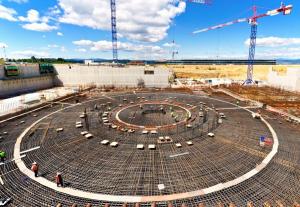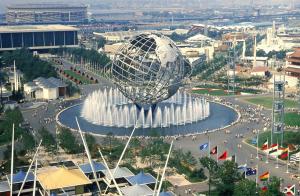ITER Mag 3

Back in September 2013, an 800-ton convoy had tested the physical resistance of the ITER Itinerary—a stretch of 104 kilometres of road between the Mediterranean Sea and the ITER site that has been specially modified for the transport of ITER's most exceptional components (see ITER Mag #1, December 2013)




